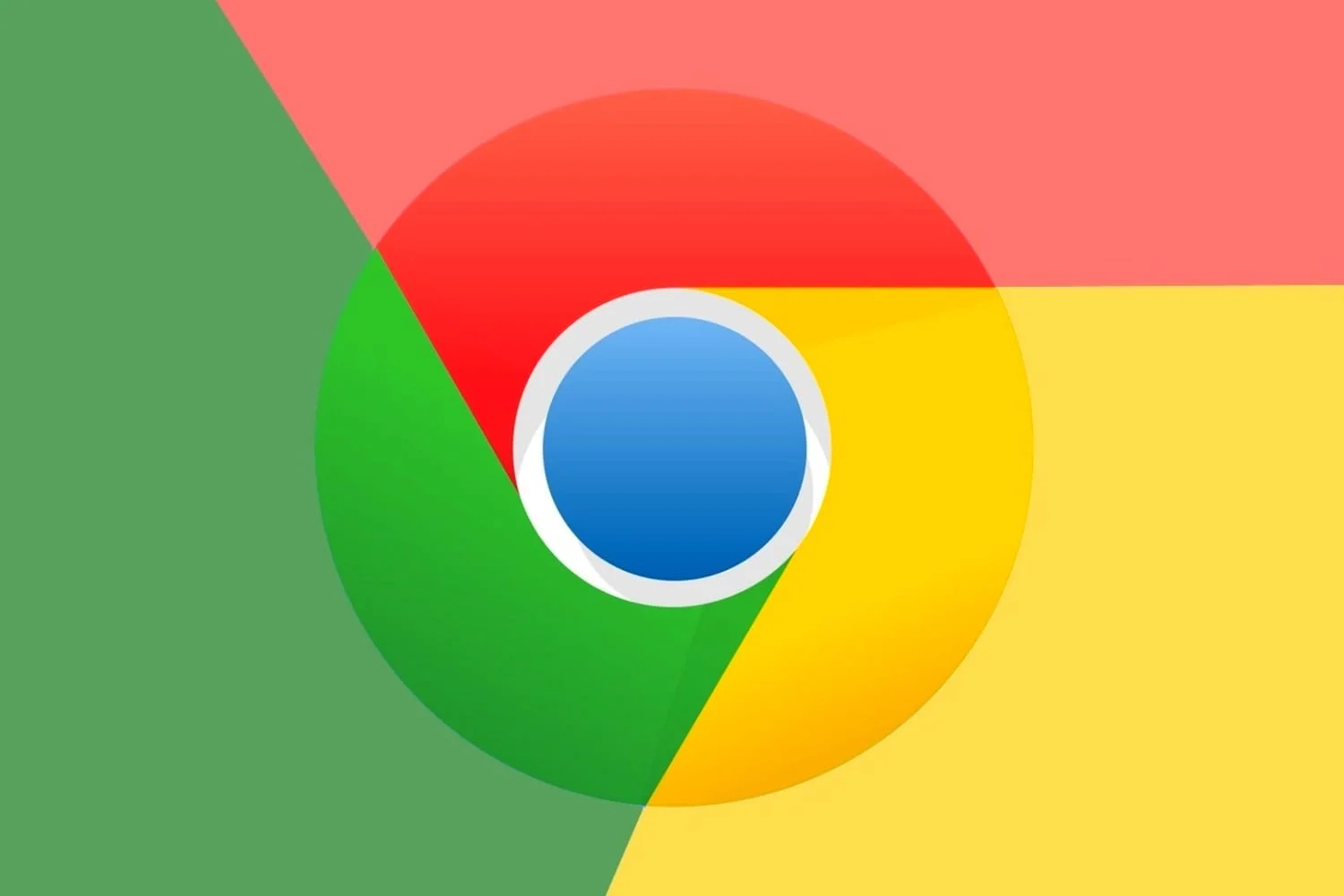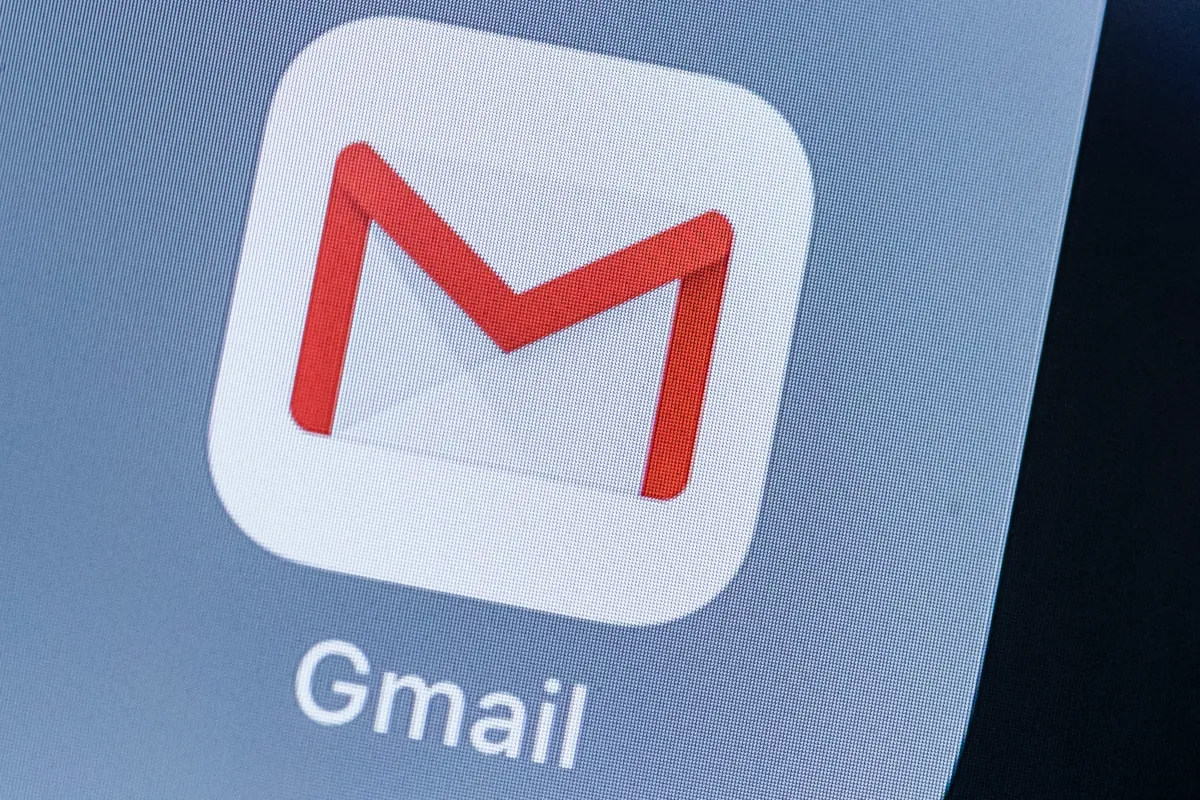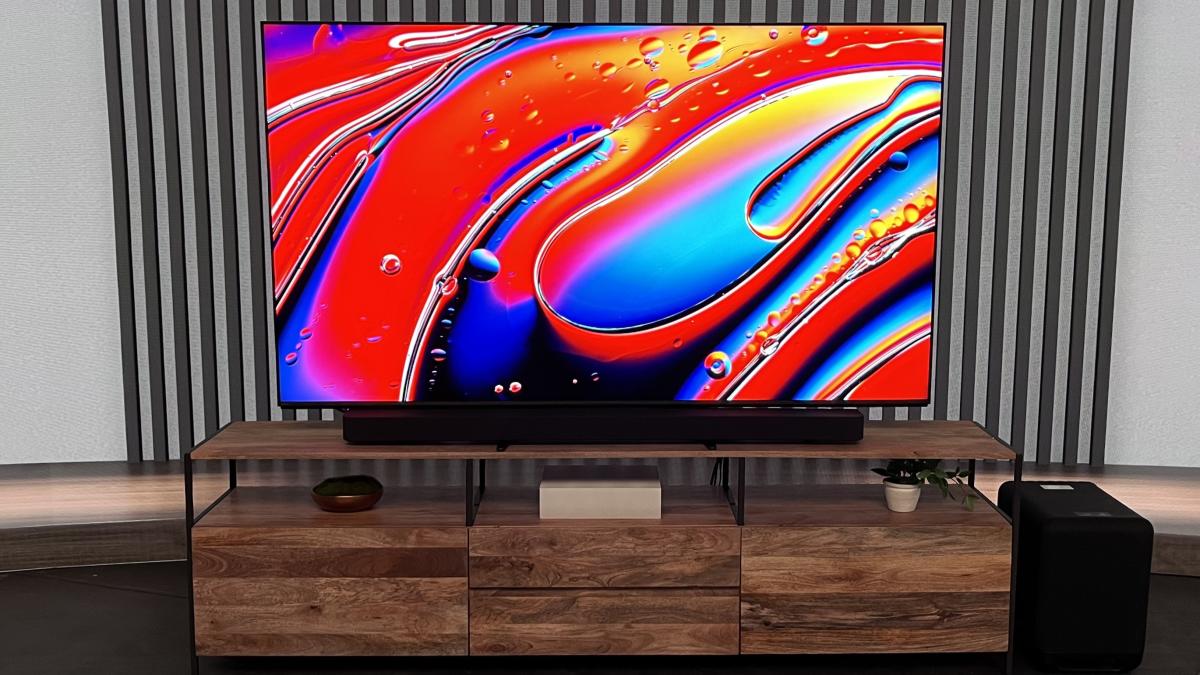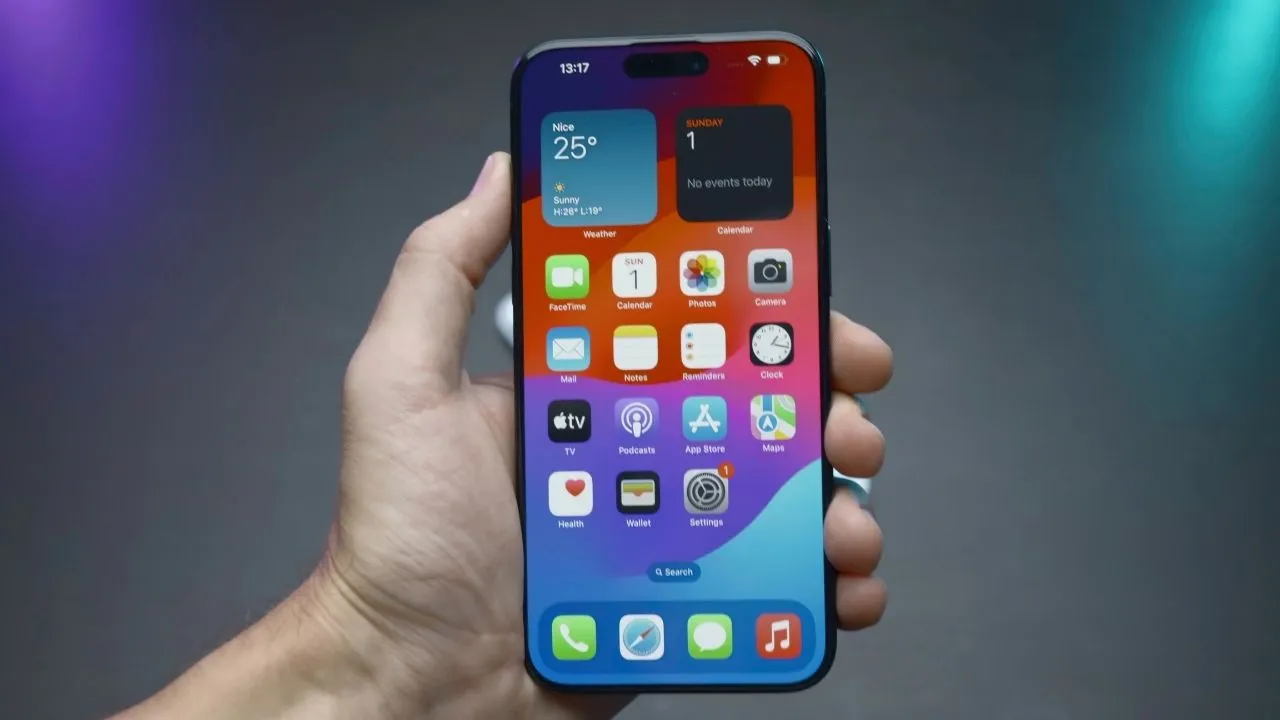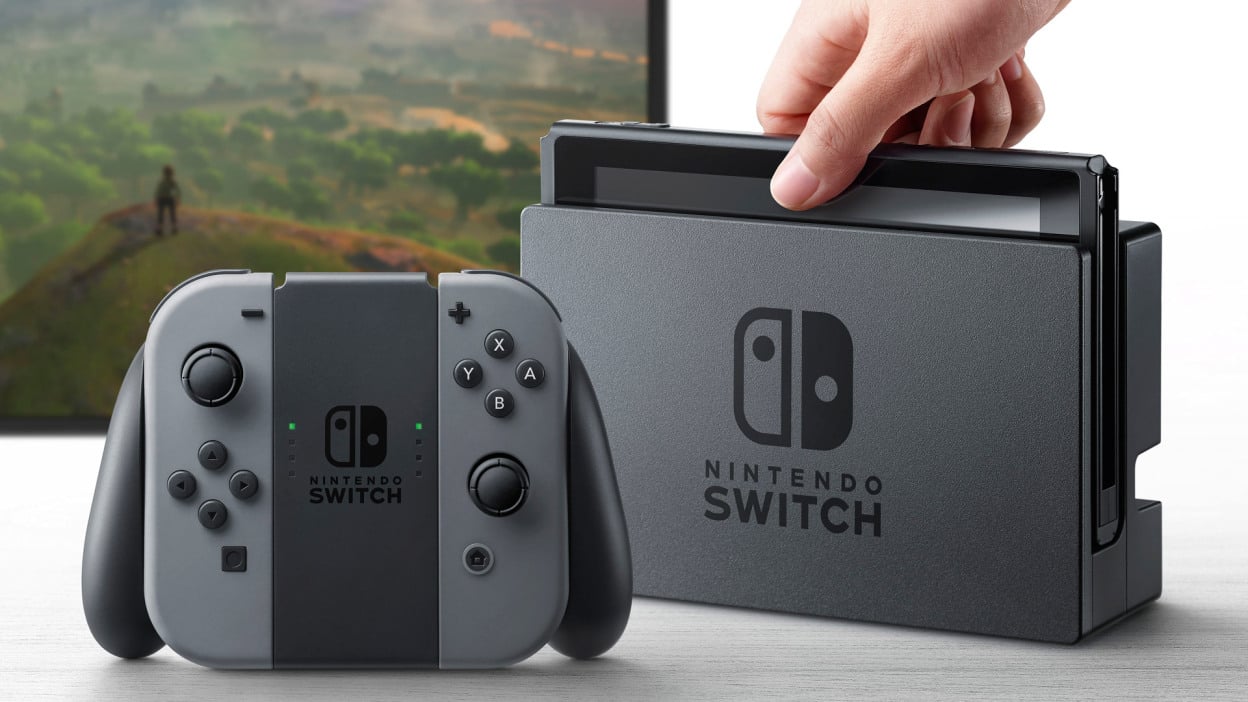Google Chrome is a popular web browser known for its speed and efficiency. However, it can also consume a significant amount of RAM, especially when running multiple tabs. This can lead to performance issues, such as slow page loading and browser crashes.
Key Highlights:
- Identify memory-hungry tabs: Knowing which tabs are using the most memory can help you optimize your browsing experience.
- Free up RAM: By closing or reloading memory-intensive tabs, you can free up RAM and improve browser performance.
- Manage extensions: Extensions can also contribute to memory usage. Disabling or uninstalling unnecessary extensions can help reduce memory consumption.

Viewing Memory Usage in Chrome Task Manager:
- Open Chrome Task Manager:
- Windows: Press Shift + Esc.
- Mac: Click Chrome in the menu bar, then select Task Manager.
- View memory usage: In the window, look for the Memory Footprint column. This column shows the amount of RAM each tab is using.
Enabling Memory Usage Hover Cards:
- Enable the flag: Go to chrome://flags and search for Show memory usage in hovercards.
- Enable the flag: Click the Enable button next to the flag.
- Relaunch Chrome: Close and reopen Chrome for the changes to take effect.
Once enabled, hovering over a tab will display a popup showing the tab’s memory usage. This can be a quick and easy way to identify memory-hungry tabs.
Managing Memory Usage:
- Close unused tabs: Regularly closing unused tabs can help reduce memory usage and improve browser performance.
- Reload memory-intensive tabs: Reloading tabs that are using a lot of memory can sometimes free up some RAM.
- Disable or uninstall extensions: Extensions can also contribute to memory usage. Disabling or uninstalling unnecessary extensions can help reduce memory consumption.
Optimizing Chrome’s Memory Usage:
In addition to the methods mentioned above, there are a few other things you can do to optimize Chrome’s memory usage. First, make sure you are using the latest version of Chrome. Google regularly releases updates that include performance improvements and bug fixes. Second, try using a lighter-weight browser extension. There are many extensions available that are designed to reduce Chrome’s memory usage. Finally, consider using a dedicated memory management tool. There are a few different memory management tools available that can help you identify and manage memory usage in Chrome and other applications.
Managing memory usage in Chrome is important for ensuring optimal browser performance. By identifying memory-hungry tabs, freeing up RAM, and managing extensions, you can improve your browsing experience and avoid performance issues.

